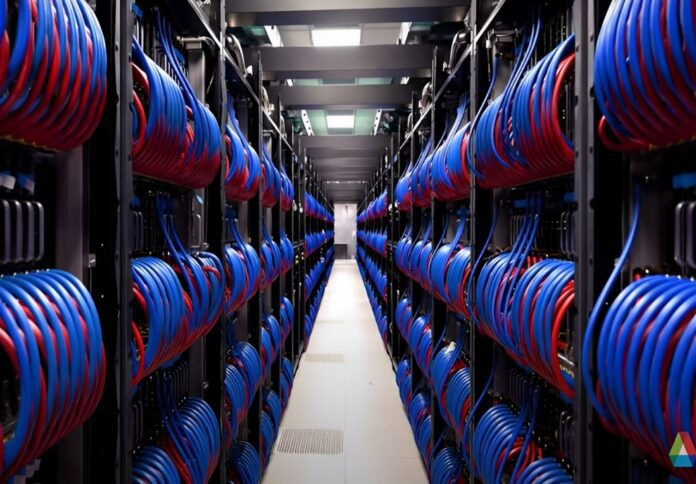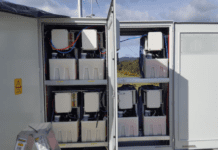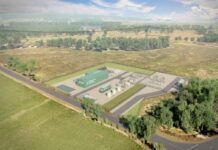
The US Department of Energy’s Argonne National Laboratory has released its Aurora exascale supercomputer to researchers worldwide, providing a new tool for scientific discovery.
Aurora is expected to accelerate progress in various fields, including cosmology, nuclear energy research, drug discovery, and aeronautical engineering, ANL said in a news release.
Michael Papka, director of the Argonne Leadership Computing Facility (ALCF), emphasised the system’s capabilities.
“We’re ecstatic to officially deploy Aurora for open scientific research,” Papka said. “Early users have given us a glimpse of Aurora’s vast potential. We’re eager to see how the broader scientific community will use the system to transform their research.”
Aurora is among the first exascale supercomputers, along with Frontier at Oak Ridge National Laboratory and El Capitan at Lawrence Livermore National Laboratory.
Exascale computing refers to systems capable of performing at least an exaflop, or a quintillion calculations per second.
Argonne Director Paul Kearns underscored the significance of these advancements. “The development of DOE’s exascale systems is an important step in advancing fundamental science and strengthening U.S. leadership in high performance computing,” Kearns said.
The supercomputer has demonstrated strong performance in artificial intelligence (AI) applications, ranking at the top of the HPL-MxP benchmark in November 2024. Its AI capabilities are being used for research areas such as battery material discovery, drug design, and fusion energy research.
Rick Stevens, associate laboratory director for Computing, Environment and Life Sciences at Argonne, noted Aurora’s role in AI-driven science.
“A big target for Aurora is training large language models for science,” Stevens said. “With the AuroraGPT project, for example, we are building a science-oriented foundation model that can distill knowledge across many domains from biology to chemistry.”
Aurora is supporting research into complex systems, including models of the human circulatory system, nuclear reactors, and supernovae.
Its high processing capacity is also aiding the analysis of large datasets from research facilities such as Argonne’s Advanced Photon Source and CERN’s Large Hadron Collider.
Katherine Riley, ALCF director of science, highlighted the system’s role. “The projects running on Aurora represent some of the most ambitious and innovative science happening today,” Riley said.
“From modeling extremely complex physical systems to processing huge amounts of data, Aurora will accelerate discoveries that deepen our understanding of the world around us.”
The development of Aurora involved years of collaboration between Argonne, Intel, and Hewlett Packard Enterprise (HPE).
The system comprises 63,744 GPUs and 84,992 network endpoints and occupies an area of 10,000 square feet. Susan Coghlan, ALCF project director for Aurora, described the challenges involved.
“Bringing a system of this scale to life comes with a unique set of challenges,” Coghlan said. “It required working with entirely new technologies at an unprecedented scale.”
Aurora’s deployment was facilitated through a co-design process, ensuring that hardware and scientific software were developed in parallel for optimised performance.
The system was tested extensively through the DOE’s Exascale Computing Project (ECP) and ALCF’s Aurora Early Science Program (ESP), allowing scientific applications to be refined ahead of full deployment.
Now in production, Aurora supports over 70 science and engineering projects through programs such as the Innovative and Novel Computational Impact on Theory and Experiment (INCITE) and the ASCR Leadership Computing Challenge (ALCC).
Kalyan Kumaran, ALCF director of technology, described the importance of real-world testing. “Part of the process of bringing a new supercomputer online involves putting it through its paces with real codes running real science problems,” Kumaran said.
“This is key to achieving our goal of enabling science on day one of a new supercomputer’s launch.”




















